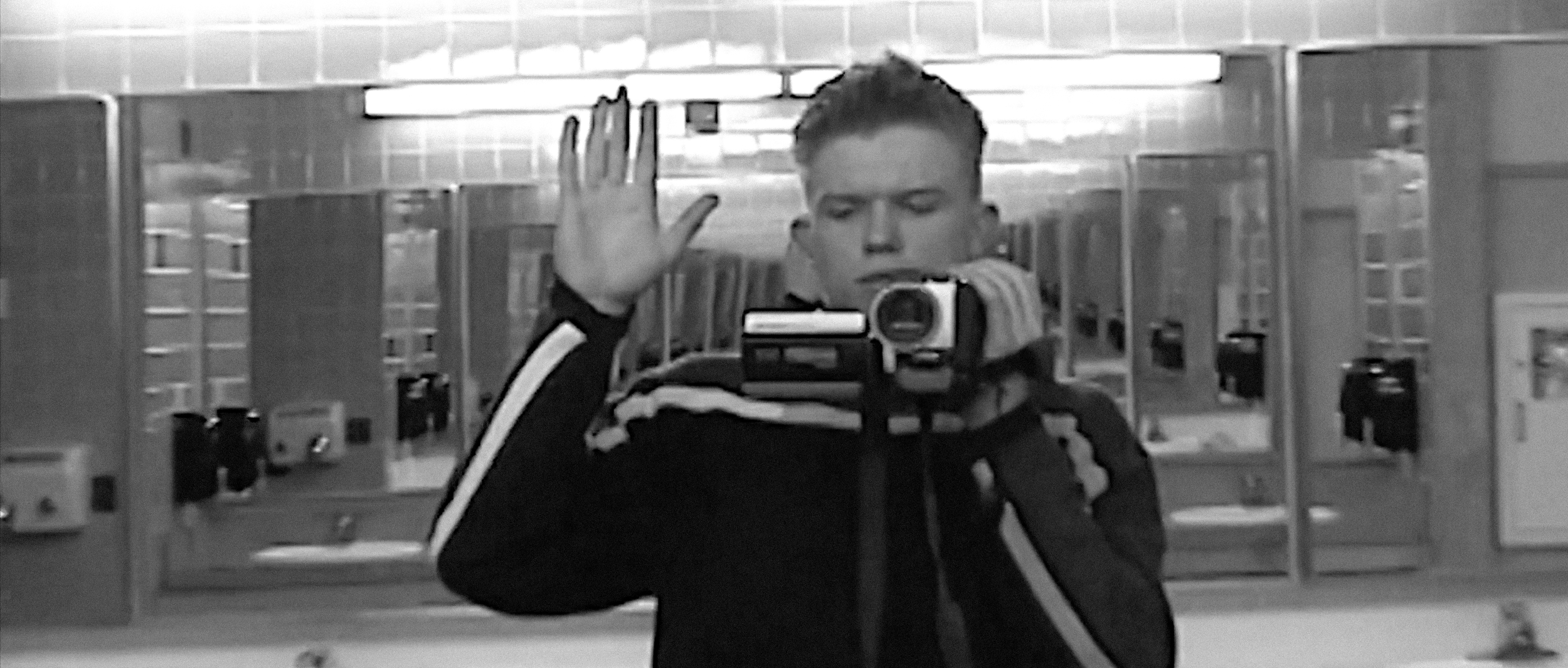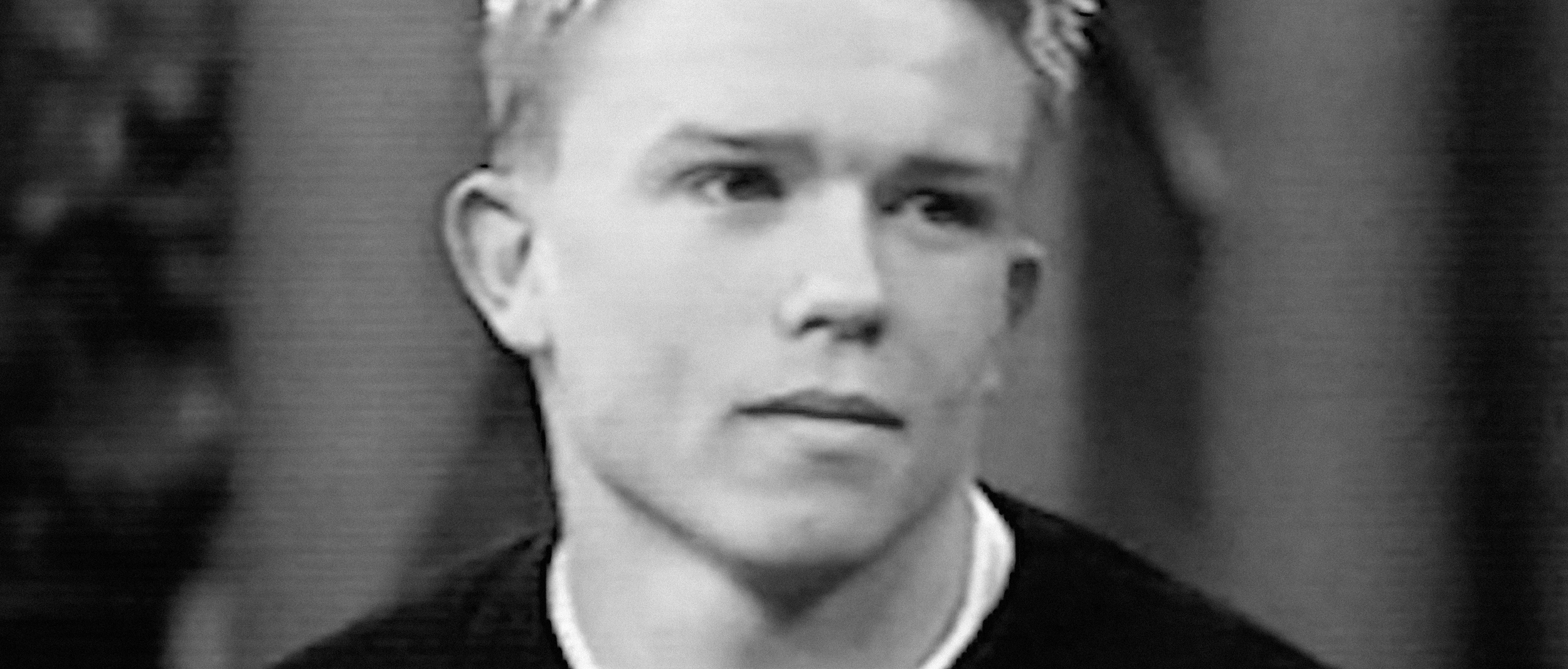
THE COLUMBINE KID
FEATURE documentary
DIRECTED BY
STARRING
CRAIG SCOTT / JAMIE WINSHIP / DR. NATALIE PICKERING
JOSH FRANER
SYNOPSIS / COLUMBINE HIGH SCHOOL SURVIVOR CRAIG SCOTT HAS HELPED THOUSANDS OF STUDENTS PREVENT SUICIDES AND AS WELL AS MORE MASS SCHOOL SHOOTINGS, BUT WILL THE TRAUMA OF HIS PAST ULTIMATELY OVERSHADOW HIS SUCCESS?
AT IT’S HEART THE COLUMBINE KID ASKS THE QUESTION: CAN WE TRULY HEAL OR ARE SOME WOUNDS TOO DEEP TO ESCAPE?
GROUNDHOG DAY
For those old enough to remember, April 20th 1999, is a day that’s impossible to forget. The shooting at Columbine High School marked the moment America’s innocence was lost, a wound that continues to ripple through our national consciousness.
This tragedy coincided with the advent of reality TV and the rise of the 24-hour news cycle—a time when the lines between fiction and reality began to blur. Films like The Truman Show and The Matrix challenged our understanding of what is real—and what is illusion. Columbine wasn’t just a school shooting. It was the first fracture in America’s collective sense of reality—when the safe world we thought we knew suddenly collapsed. For those who lived through it, healing became a lifelong journey, and the meaning of “normal” would never be the same.
Few people understand the horror of that day better than Craig Scott. He was studying for a test in the library when the shooting began, quickly hiding under a table as the killers entered. Minutes later, ten students were dead—including the two friends Craig was laying in between. Craig made it home safely, only to learn that his older sister, Rachel, had been the first victim killed outside the school.
RACHEL SCOTT
IIn the years that followed, Craig’s family started Rachel’s Challenge—a nonprofit school assembly program inspired by Rachel’s life and writings. The organization grew to become the largest of its kind, igniting a movement of kindness in schools across the country. Millions of lives were impacted. Suicides were averted. Other school shootings were prevented. There had never been anything like it.
As one of the program’s star speakers, Craig seemed to be thriving in his purpose. He was a gifted communicator, intuitively blending humor and heartache in a way that connected with audiences. National media took notice; Craig became a recurring guest on Oprah, The Today Show, and other major outlets. Whenever tragedy struck another school, Craig’s voice was one of the first the nation turned to for comfort and wisdom.
In the early years, retelling his story was a painful ordeal. Yet the undeniable good he witnessed—the lives changed, the hope rekindled—made it impossible to walk away. Over time, it became easier to recount the events of that day. But beneath the surface, trouble was quietly brewing.
UNHEALED WOUNDS
Despite being an inspiration to many and a vocal advocate for mental health, Craig’s life has begun to spiral out of control in recent years. He no longer speaks for Rachel’s Challenge and struggles to book and market himself on his own. After spending most of his life with his identity tied to tragedy, Craig now faces a painful question: who is he outside of being “The Columbine Kid”?
For years, it seemed as if a kind of divine grace shielded him from the full weight of his struggles. But lately, that protection feels like it’s wearing thin. His lifelong dream of becoming a filmmaker remains just that—a dream. He wrestles with mounting feelings of failure as he struggles to get his projects off the ground. Alcohol and cigarettes become crutches. Lust and self-isolation take hold. He locks himself away for days at a time. His weight fluctuates. His debts climb. And hope feels increasingly out of reach.
Craig’s story is more than a personal battle—it is the embodiment of a nation’s unhealed wounds. For years, he gave strength to millions, becoming a symbol of resilience in the aftermath of one of America’s darkest days. But now, the same trauma he once stood against threatens to consume him from within.
His struggle is no longer just about finding peace—it’s about survival. If someone who has carried so much light can be pulled under by invisible wounds, what does that say about the trauma we carry as a nation?
TEARS FOR FEARS
The Columbine Kid is a race against time: a journey to save not only a life, but the deeper meaning behind decades of hope and healing. Through Craig’s fight, we confront a universal question left in the wake of every tragedy:
Can we truly heal—or are some wounds too deep to escape?
Recognizing the urgency, Craig’s closest friends and family believe this project may be his lifeline—the intervention that could pull him back from the edge and reconnect him with the purpose that once defined him.
Through raw therapy sessions, live speaking events, and cinematic reenactments, we follow Craig’s journey to face his past and rediscover his true self.
Part character study, part cultural commentary, The Columbine Kid explores how unprocessed trauma shapes identity, how reality blurs in the aftermath of violence, and how the hunger for meaning continues to define a generation.
Ultimately, Craig’s story reflects more than his own survival. It speaks to a nation still trying to wake up from its own long nightmare—and dares to ask whether redemption is still within reach.
causes and topics for discussion
ptsd + mental health
identity and leadership
psychology of trauma
forgiveness




